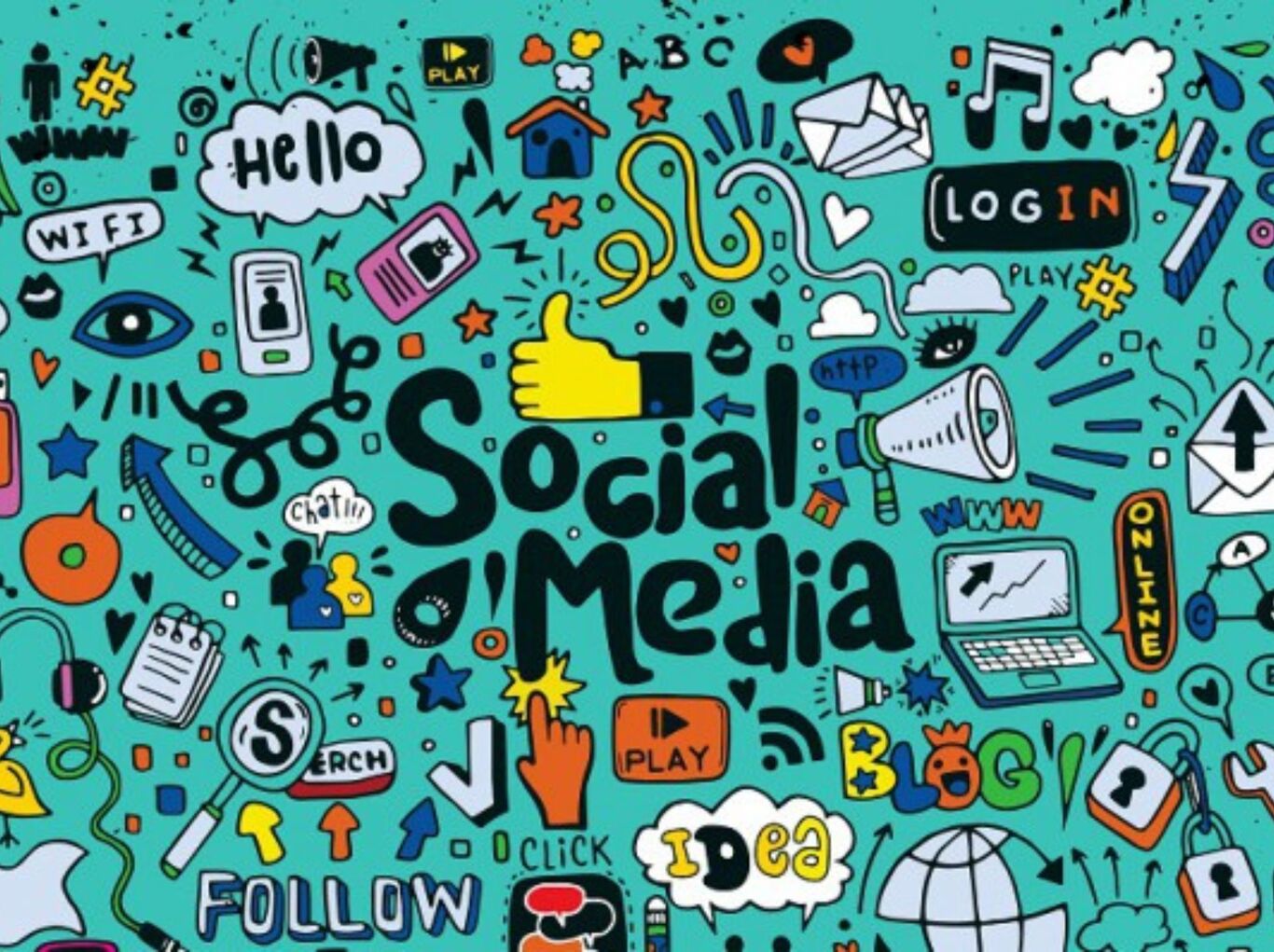Complete Guide to Go-to-Market (GTM) Strategy & How to Build One That Works

Let’s say you've built something brilliant - the product works, the team's excited, and early testers love it. However, as per studies, 95% of new products fail. Not because they're bad products, but because they lack a proper go-to-market strategy.
The question is - do you have your GTM plan set up?
Think about it. How many times have you seen a superior product lose to an inferior one with better distribution? Or watched a startup burn through funding because they couldn't figure out who actually wants their product?
The difference between products that scale and those that stall? A rock-solid GTM strategy that aligns every team around a single playbook.
What is a Go-to-Market strategy?
So, what’s go-to-market meaning? A go-to-market (GTM) strategy is your step-by-step rulebook for launching a product and capturing revenue.
Do not confuse GTM meaning with a marketing framework or a sales deck. This document tells you and your team what you've built and who will buy it.
Your GTM strategy answers four fundamental questions:
- Who's your ideal customer?
- What problem are you solving for them?
- Where will you reach them?
- How will you convince them to buy?
But what separates a mediocre go-to-market plan from one that actually works is alignment. Product defines the value. Marketing captures attention. Sales closes deals. Customer success drives retention.
When these functions operate from different playbooks, you get chaos. When they align around a single GTM framework, you get growth.
In fact, research shows that companies with aligned go-to-market approaches are 15% more profitable than their peers.
If you need channel-specific plays, this guide to GTM strategies for digital marketing gives you top launch patterns.
The 4 Ps of GTM (adapted for startups)
Forget the academic GTM meaning of the 4 Ps. Here's how they actually work when you're launching something new:
1. Product
This is more than just features - it's about readiness. Do you have a "whole product" that solves the entire problem? Your MVP might work, but can customers actually use it without hand-holding?
The best product-market fit examples are when your product readiness matches customer expectations. Map your killer features to your first segment. Align your PM and GTM team on what's ready for prime time.
2. Price
Are you going freemium, subscription, or usage-based? What about tiers and packaging? Set discount limitations before your sales team starts negotiating.
Run monetisation tests with real customers. Remember, pricing strategy determines positioning - too low and you're a commodity, too high and you need proof.
3. Place
Your route-to-market changes everything. Self-serve PLG works when time-to-value is under 10 minutes.
Sales-led motions fit complex, high-ACV deals. Partner channels multiply reach but dilute control. Marketplaces provide built-in distribution but take their cut.
Choose based on your customer's buying behaviour, not your preference.
4. Promotion
Positioning beats tactics every time. Before you pick channels or write copy, nail your point of view. What's your contrarian take on the market?
Build your message map from problem to promise to proof. Then create your launch calendar with campaigns, not random acts of marketing.
GTM × Product management: One operating system
Product management and go-to-market are two sides of the same coin. PM defines value. GTM captures value. Both need the same data, serve the same customers, and drive toward the same metrics.
Smart companies run a monthly GTM-PM council.
- Product shares the roadmap.
- Marketing shows campaign performance.
- Sales brings win-loss data.
- Customer success presents churn analysis.
Together, they make decisions about feature priorities, segment focus, and resource allocation.
At GrowthJockey - Venture Architects align product design with market research from day one. Our experts use AI segmentation to identify jobs-to-be-done, then build features that map directly to those jobs.
We ensure that your product roadmap and GTM strategy framework speak the same language, so that your adoption accelerates.
Most importantly, both teams need to obsess over the same North Star metric. Whether it's activation rate, net revenue retention, or time-to-value, everyone rows in the same direction.
4 core frameworks you'll actually use
Understanding the different GTM strategy framework is crucial for your business. Here are the four GTM frameworks that you should know about:
1. JTBD for Insight → Messaging
Jobs-to-be-Done isn't just product theory, it can be your messaging goldmine. What job does your customer hire your product to do? Not features, but outcomes. A CRM is more than just "contact management." It's about "never losing a deal to poor follow-up again."
Map functional jobs (what needs doing), social jobs (how they look to others), and emotional jobs (how they want to feel). Then translate each job into proof points.
If the functional job is "reduce manual data entry by 80%," your proof point better show exactly how you deliver that.
Don't forget to map objections to jobs, too. If someone's emotional job is "feel confident presenting to the board," their objection might be "this looks too complex." Your response? Show them the executive dashboard that makes them look like a data genius.
2. AARRR for funnel and metrics
Acquisition, Activation, Retention, Revenue, Referral - the pirate metrics framework gives you one metric per stage to obsess over. But here's the twist: use AARRR to define your graduation criteria from beta to GA.
Set thresholds for each stage. Maybe you need 100 activated users before leaving beta. Or 70% retention at day 30. Or $50K in revenue.
These gates prevent premature scaling, which is the number one startup killer. When you hit all five thresholds, you're ready to pour fuel on the fire.
3. PLG vs SLG decision tree
Should you go product-led or sales-led? Here's your decision tree:
- Can a user reach value in under 10 minutes without help? If yes, consider PLG.
- Is your ACV over $10K? Probably needs sales.
- Do buyers make decisions by committee? Definitely sales-assisted.
But it's not binary. Product-led sales (PLS) combines self-serve onboarding with sales for expansion.
Start with PLG for velocity, add sales for enterprise. The key is matching your motion to your buyer's journey, not forcing them into your preferred model.
4. Crossing the Chasm (bowling alley)
Moore's bowling alley strategy still works: win one niche completely before expanding.
Pick your beachhead - a specific segment you can dominate. Win that "pin," then knock down adjacent pins using your momentum.
Your messaging and channels change at each stage. Early adopters want innovation. Early majority wants proven ROI. Late majority wants safety.
Don't try to message everyone at once. Focus your go-to-market energy on one pin at a time.
A 6-week GTM sprint (Playbook + Timeline)
Week 1 ICP & obs: Lock your Ideal Customer Profile. Run 20 customer interviews. Build your TAM/SAM/SOM model. Shortlist a market analysis tool. Map jobs-to-be-done to competitive alternatives.
Output: ICP sheet with segment definitions, win-loss scoring rubric.
Week 2 Positioning & Message Map: Define your category and point of view. Create three positioning statements. Test them with target customers. Build your message hierarchy from problem to promise to proof.
Output: Message map, homepage copy, elevator pitch.
Week 3 Channel Mix & Offers: Score channels by reach, cost, and control. Allocate budget across paid, owned, earned. Design your offers - demos, trials, freemium, bundles. Match offers to segments.
Output: Channel plan with budget allocation.
Week 4 Pricing & Packaging Tests: Name your tiers. Set feature fences between packages. Design good-better-best options. Run willingness-to-pay interviews. Test with founder-led sales calls.
Output: Price test matrix with results.
Week 5 Enablement & Ops: Write your sales battle cards. Build PLG onboarding flows. Create demo environments. Design handoff processes between teams. Set up tracking and attribution.
Output: Enablement kit, systems documented.
Week 6 Launch & Review: Execute your launch run-of-show. Monitor KPIs hourly for the first 48 hours - use a marketing dashboard to get a single view. Gather team feedback daily. Compare results to AARRR thresholds. Identify what to double down on and what to kill.
Output: Post-launch retrospective with next-pin plan.
AI-driven segmentation and research (How we do it)
Traditional segmentation relied on demographics and firmographics. Today's AI-powered approach uses behavioural signals, intent data, and predictive scoring to identify your best customers before they even know they're looking.
Start with your data, such as CRM records, product telemetry, support tickets, and survey responses. Feed it all into clustering algorithms that identify natural segments based on behaviour patterns, not job titles. RFM analysis shows who's most valuable. Embeddings and LLMs categorise open-text feedback into themes.
But the best part is with uplift modelling that predicts which segments will respond to specific offers. Instead of blasting everyone with the same message, you're sending the right offer to the right person at the right time.
GrowthJockey's Intellsys.ai platform can help you with this and cut CAC by 30% while tripling conversion rates.
Here's how it works: The AI ingests signals from 200+ sources - web visits, email opens, demo requests, support tickets. It identifies micro-segments based on engagement patterns. The winning combinations get deployed across channels.
Common GTM mistakes that you should avoid
Now that you know what is GTM, here are some of the common mistakes that you should be mindful about:
- Vague ICP: "SMBs in North America" isn't an ICP. You need specifics, such as company size, tech stack, growth rate, and pain points.
- Skipping "whole product": Your product might work, but can customers succeed without your help? Missing integrations, documentation, or support processes kill adoption. Build the complete solution.
- Channel sprawl: Testing channels is smart. Testing 10 channels simultaneously is chaos. Pick 2-3 channels and dominate them before expanding.
- No pricing fences: Without clear feature differentiation between tiers, everyone buys the cheapest option. Good-better-best only works when there's real value separation. Make upgrading obvious for your prospects.
- Crossing the chasm too early: Using early-adopter messaging for mainstream buyers is like speaking Klingon at a board meeting. Match your message to your market maturity.
Build a successful GTM strategy for your idea
A winning go-to-market strategy is not a template but a system that connects your product truth to market reality. The frameworks and sprints we've covered give you the structure. But execution requires something more: conviction.
Conviction that your ICP is right, even when sales wants to chase anyone with budget. Conviction that your pricing reflects value, even when competitors race to the bottom. Conviction that focus beats spreading yourself thin.
Whether you're launching your first product or your fifteenth, the principles remain: know your customer, nail your message, pick your battles, and execute with precision.
Ready to build your GTM plan? Get in touch with GrowthJockey to build your GTM team and strategy.
FAQs on what is go-to-market strategy
Q1. GTM vs marketing plan - what's the difference?
GTM plan is a complete blueprint covering product readiness, pricing, sales enablement, and channel strategy for a specific launch. A marketing plan focuses specifically on promotion tactics, campaigns, and brand building.
Q2. When should a startup use PLG vs sales-led?
Use PLG when your product has sub-10-minute time-to-value, low price points, and individual buyers. Choose sales-led for complex products, high ACVs over $10K, and committee-based decisions.
Q3. What is an example of a GTM strategy?
Remember when Reliance Jio’s launch used free 4G data and voice? With easy SIM onboarding and bundled Jio apps it led to mass adoption. The company then shifted to low-priced plans to convert users at scale.
Q4. What is the difference between CRM and GTM?
CRM tracks leads, customers, and interactions across the lifecycle. GTM is the plan to win a market - target, messaging, channels, pricing, and sales motion.








